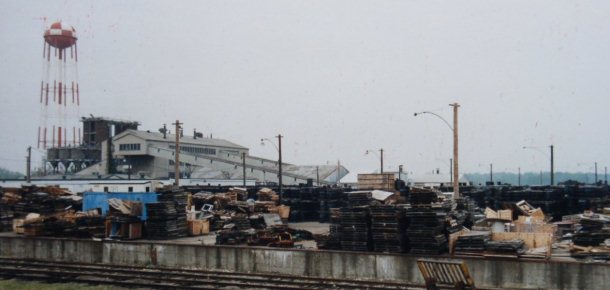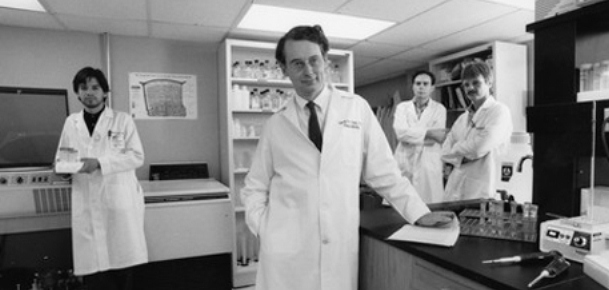People like Lisa Crawford and her family lived for decades in the shadow of a Cold War nuclear weapons plant – tucked into rolling farmland 18 miles northwest of Cincinnati – unaware they were being exposed to radioactive materials in the air, water and soil.
A new study this week from Cincinnati Children’s and the University of Cincinnati offers the latest indication of how the plant has affected the surrounding community – this time from high rates of lupus associated with uranium exposure from the facility.
Much about lupus – which can occur in children and adults – remains unknown, including the cause. Lead researcher Pai-Yue Lu, MD, a pediatric rheumatology fellow at Cincinnati Children’s, and her colleagues say their study should help provide fundamental insights into the onset of lupus, including environmental factors that may trigger the disease.
The environmental legacy of the Feed Materials Production Center at Fernald included semi-regular front page news (in Cincinnati and sometimes beyond) during the 1980s and 90s. The plant milled uranium ore critical to weapons production from 1951 until 1989, when it closed for a complex site cleanup program costing more than $4 billion.
Set back but visible from a state highway and nestled behind a large dairy farm, the plant’s name and water tower bearing a checkerboard design (which some mistakenly associated with the brand symbol of large feed company) led many to believe it was producing food for livestock. The site also stored transuranic wastes, including those from the Manhattan Project – the once secret project to build the first atomic bomb during World War II.
Fernald’s news media heyday took hold when reports surfaced of widespread environmental problems at the plant. Ms. Crawford and the group of determined residents she led (Fernald Residents for Environmental Safety and Health – or FRESH) mounted an energetic, unrelenting advocacy and public relations battle against the plant’s owner, the U.S. Department of Energy (DOE), and its site contractors.
FRESH’s efforts were instrumental in a federal lawsuit against DOE and site contractor, National Lead of Ohio. The lawsuit was settled for $78 million and included an exhaustive medical monitoring program. The University of Cincinnati (UC) became a custodian for that program.
The legacy resumed this week with the new study from Cincinnati Children’s and UC. Presented Nov. 12 at the American College of Rheumatology Annual Meeting in Washington, D.C., the research indicates that high rates of systemic lupus are associated with living near Fernald and uranium exposure.
Lupus is a chronic inflammatory disease that can affect the skin, joints, kidneys, lungs, nervous system or other organs of the body. It occurs mostly in women, typically developing in individuals in their twenties and thirties – prime child-bearing age.
Lu and her colleagues wanted to explain an excessive number of lupus cases reported in residents living within five miles from the plant between 1990 and 2008. They used medical data from the Fernald Community Cohort, part of the comprehensive health monitoring program established for residents.
The Cincinnati Children’s/UC study included 8,788 adult volunteer Fernald residents. Plant workers were not part of the study.
Read “Uranium Exposure Linked to High Lupus Rates in Community Near a Former Refinery” In the News.




